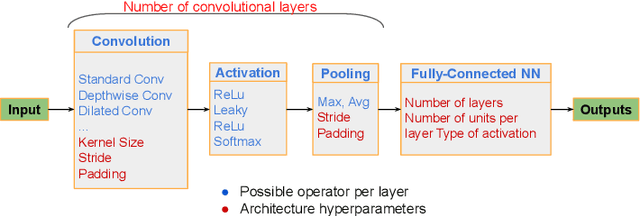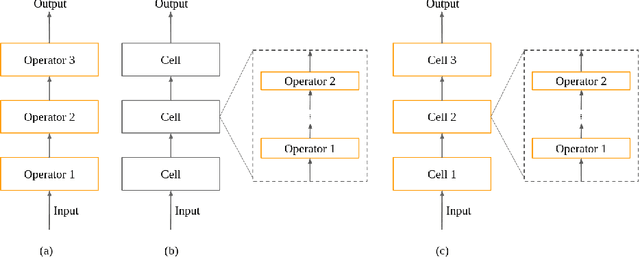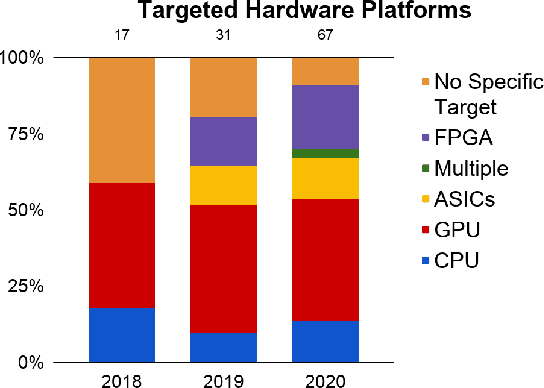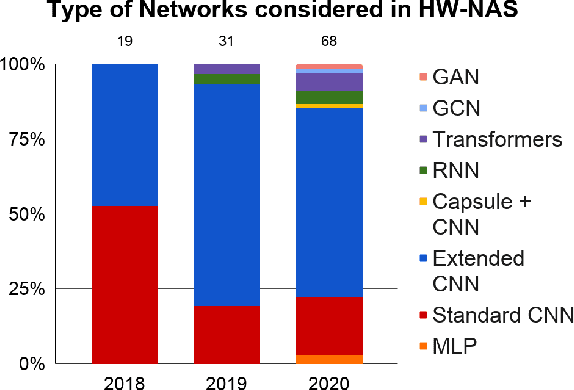A Comprehensive Survey on Hardware-Aware Neural Architecture Search
Paper and Code
Jan 22, 2021



Neural Architecture Search (NAS) methods have been growing in popularity. These techniques have been fundamental to automate and speed up the time consuming and error-prone process of synthesizing novel Deep Learning (DL) architectures. NAS has been extensively studied in the past few years. Arguably their most significant impact has been in image classification and object detection tasks where the state of the art results have been obtained. Despite the significant success achieved to date, applying NAS to real-world problems still poses significant challenges and is not widely practical. In general, the synthesized Convolution Neural Network (CNN) architectures are too complex to be deployed in resource-limited platforms, such as IoT, mobile, and embedded systems. One solution growing in popularity is to use multi-objective optimization algorithms in the NAS search strategy by taking into account execution latency, energy consumption, memory footprint, etc. This kind of NAS, called hardware-aware NAS (HW-NAS), makes searching the most efficient architecture more complicated and opens several questions. In this survey, we provide a detailed review of existing HW-NAS research and categorize them according to four key dimensions: the search space, the search strategy, the acceleration technique, and the hardware cost estimation strategies. We further discuss the challenges and limitations of existing approaches and potential future directions. This is the first survey paper focusing on hardware-aware NAS. We hope it serves as a valuable reference for the various techniques and algorithms discussed and paves the road for future research towards hardware-aware NAS.
 Add to Chrome
Add to Chrome Add to Firefox
Add to Firefox Add to Edge
Add to Edge